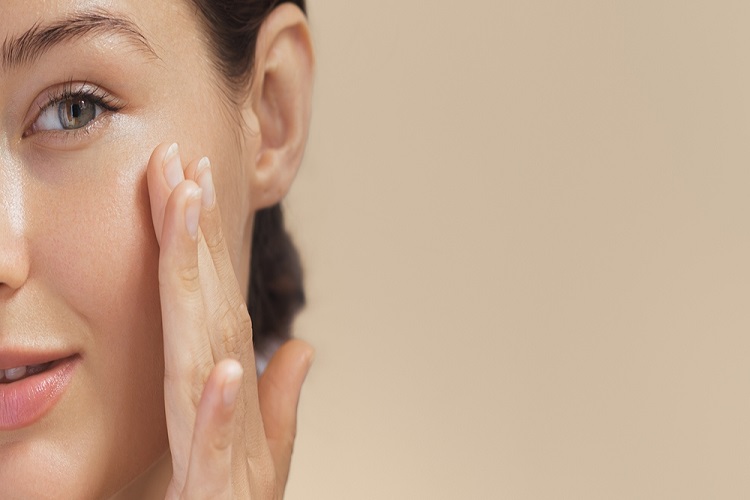Surgery carried out on very small structures (such as the blood vessels and nerves) using specialized instruments under a microscope is commonly referred to as microsurgery.
Microsurgery utilizes techniques like organ transplantation and blood vessel repair. The aforementioned techniques have been performed since the early part of the twentieth century.
The techniques used in microsurgery have been used by many surgical specialties. For instance:
- Otolaryngologists or ear, nose, and throat doctors conduct microsurgeries when doing work on the vocal chords or the inner ear’s small and delicate structures.
- Ophthalmologists or eye doctors remove cataracts, treat glaucoma and other eyes conditions, and carry out corneal transplants through microsurgery.
- Gynecologists reverse tubal ligations and vasectomies are reversed by urologists utilizing the principles of microsurgery.
- Plastic surgeons reconstruct disfigured or damaged muscles, tissues, and skin using microsurgical techniques.
- Other specialties collaborate and make use of microsurgery to reattach amputated parts or replant another part of the body to replace a lost one (i.e. a damaged or lost thumb is replaced with a great toe).
Equipment
Microsurgical equipment work by providing instrumentation (so precise maneuvering is possible), magnifying the operating field, and making it possible to operate on structures that are barely visible.
The key instruments used in microsurgery include microsuture materials, microscope, and microsurgical instruments.
Microscope
Microscope used in microsurgery is either mounted on the floor or on the ceiling. It comes with a moveable arm so manipulating the microscope’s position is a lot easier.
The surgical site is viewed using a high-intensity light source and a set of lenses. A video camera will make it possible for the other members of the surgical team to view the site to be operated on a display screen.
Typically, a five to forty times (5–40x) magnification is required for microsurgical procedures.
Instruments
Instruments used in microsurgery have distinct differences compared to other traditional instruments. Apart from its capacity to delicately manipulate structures barely visible to the eye, it comes equipped with handles that are large enough so it can be handled securely and comfortably.
Instruments that are often used in microsurgery include:
- Vessel dilators
- Standard surgical tools
- Needle holders (used for suturing)
- Forceps
- Irrigators
- Scissors
Suture Materials
Stitching or suturing is done using specialized needles and threads. The gauge or diameter of the thread comes in different sizes. When choosing the suture thread, the tissue to be sutured as well as the procedure that will be performed will be taken into consideration.
In microsurgery, threads with 9–0 to 12–0 gauges are often used.
Suture threads can be absorbable or non-absorbable and can be synthetic or made from natural materials. The type used will also depend on the tissue to be sutured and the procedure.
Suture needles also come in different shapes and sizes as well as different point types. Generally, needles with less than 0.15 mm in diameter are used in microsurgical procedures.
Training
Surgeons that perform microsurgery will need extensive practice and training. Basic know-how on surgical techniques and anatomy is also crucial.
Surgeons are also taught how to properly hold the instruments, how to maintain visual contact when using the microscope, how to minimize hand tremors, and how to maintain the proper posture when performing microsurgical procedures.
Also, a set of basic techniques need to be mastered by the surgeon as they are often used in microsurgery. These essentials techniques include vein grafting, nerve repair and grafting, and vessel repair.
Once the surgeon becomes highly proficient in the basic skills needed for microsurgery, more advanced techniques will be introduced like treating specific conditions.
Since ongoing and extensive practice is necessary, a microsurgical laboratory is often made available so surgeons can practice and train.










Comments